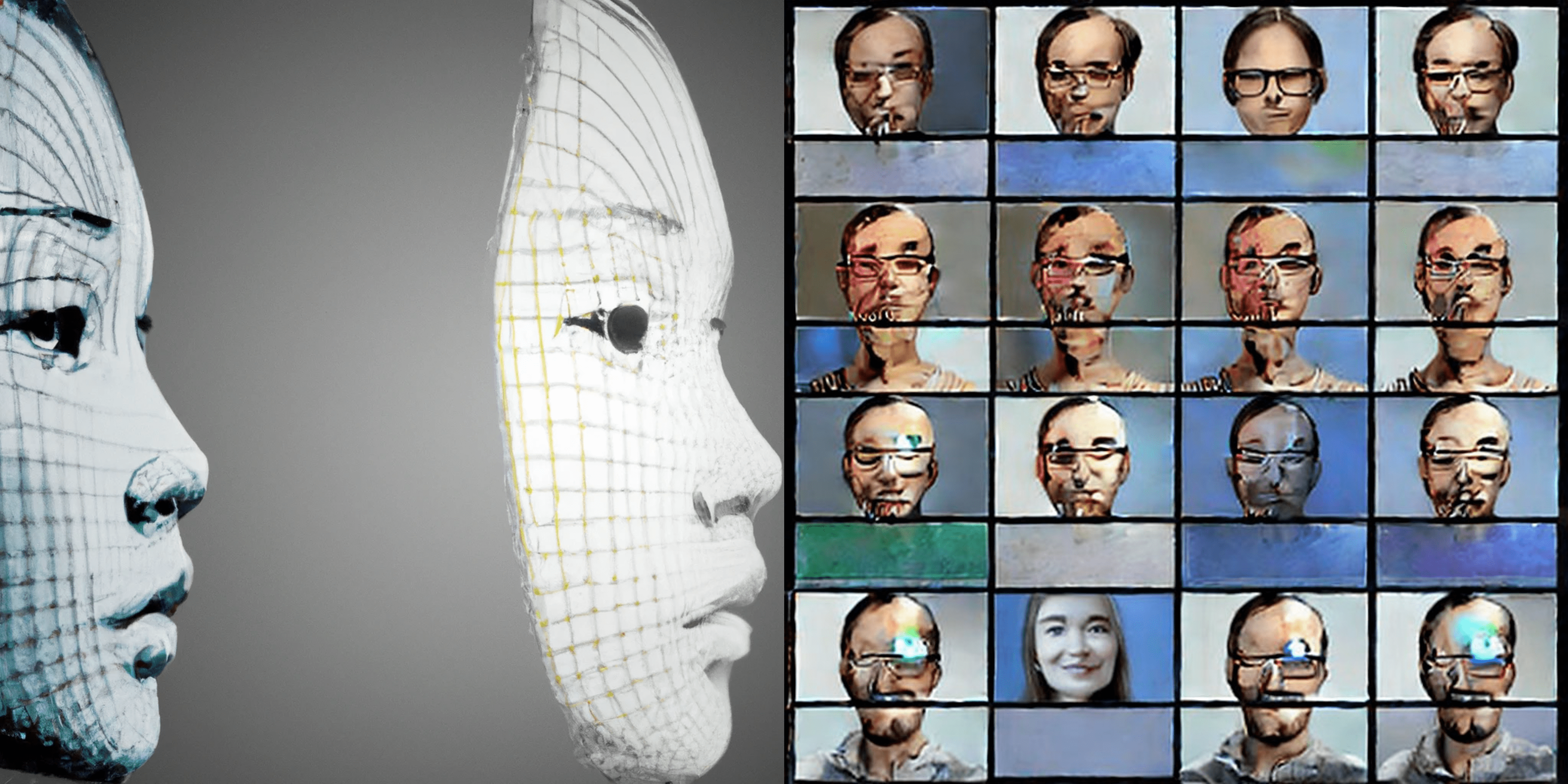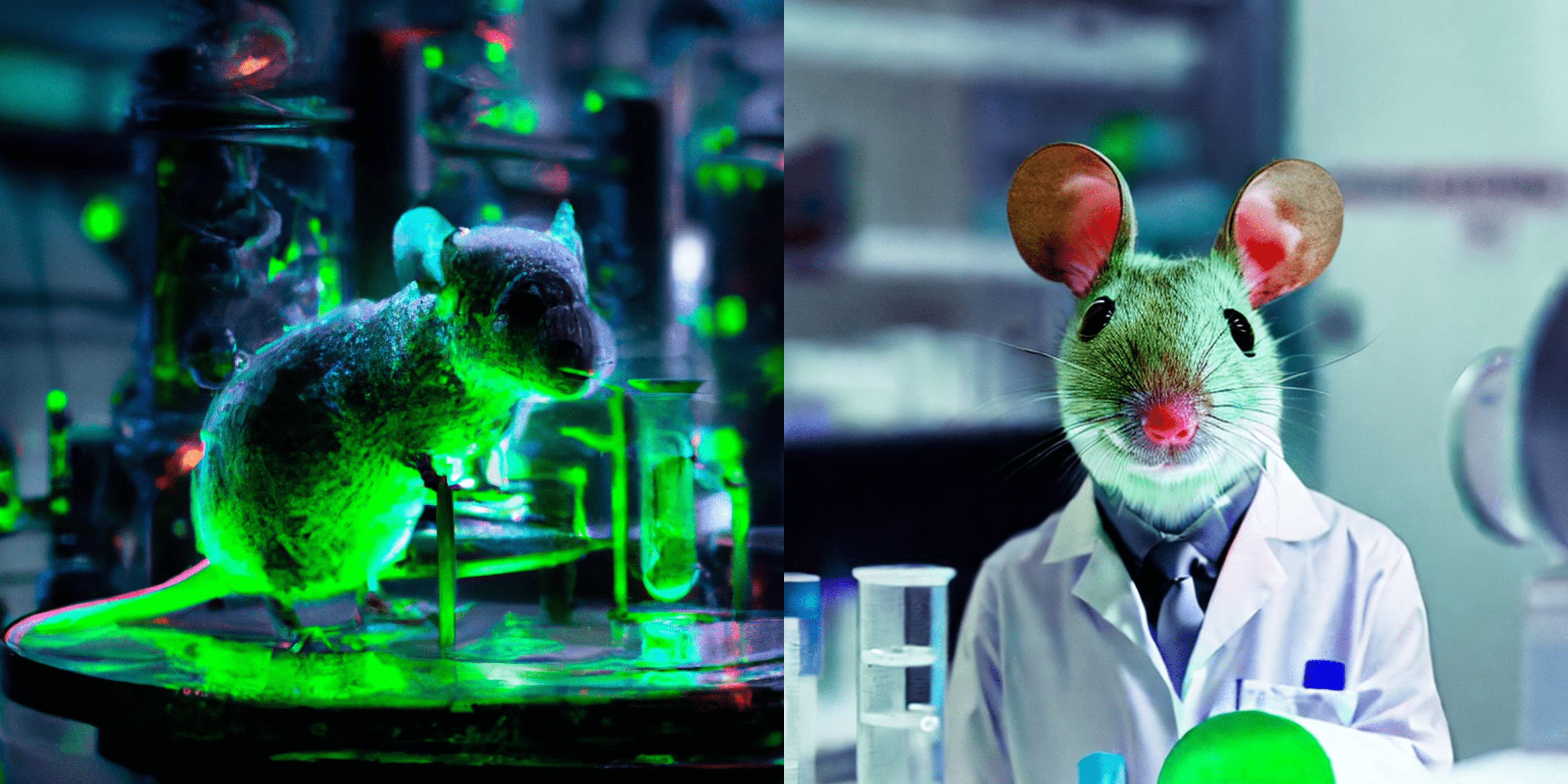Could these three technologies force insurance’s ‘Blockbuster moment’?

Could these three technologies force insurance’s ‘Blockbuster moment’? | Insurance Business Australia
Technology
Could these three technologies force insurance’s ‘Blockbuster moment’?
Monkey pong, Cronenbergian pizza, and glowing mice could herald change
It’s not the first time that the insurance industry has been forewarned of a “Blockbuster moment” careening down the tracks, but this time it’s not competing businesses like insurtechs that are keeping one chief innovation officer up at night, rather the rapid pace of technological innovation.
Speaking at an event last week, George Beattie, CFC head of innovation, cautioned of emerging technologies and a ballooning protection gap that could put the entire sector on the back foot.
“We stand on the start line of the new industrial revolution, one that is not defined by one technology, but by several,” Beattie told broker attendees at the 2023 CFC Summit in Chicago. “It’s a really interesting time to be alive, it is going to become harder for companies in our sector and in the sectors that we serve to avoid a Blockbuster moment – the moment at which a company’s products and services are no longer good enough to serve their target demographic and they’re replaced by more agile players.”
Beattie highlighted three technologies that could be set to disrupt the insurance status quo:
Generative artificial intelligence (AI)
Gene editing innovations, including Clustered Regularly Interspaced Short Palindromic Repeats (CRISPR)
Brain-machine interfaces
The CFC innovation head laid out two facets that need to emerge in the face of rapid developments: products and infrastructure. “Innovation is about relevance,” Beattie said, as he aired concerns that the industry is not doing enough to target this technological protection gap of tomorrow.
Generative AI – friend or foe?

‘The face of generative AI’, left generated by DALL-E-2, right generated by Stable Diffusion
While brokers may be most familiar with ChatGPT – from its ability to write social media posts to its insurance love poems – the technology stretches further and a pocket of rivals have also debuted their equivalents, from Google’s Bard to Microsoft’s Bing AI chat function. Silicon Valley and further afield are engaged in what’s widely been described as an “AI gold rush”. Closer to home, insurance industry players, including Chubb, have come out to confirm that they are looking at how to use the technology. Many have been experimenting with machine learning for some time. CFC representatives shared at their Chicago event that they have begun using large language models to triage broker emails.
Other widely shared use cases include AI art generators like MidJourney, Stable Diffusion, and DALL-E. The technology has also been used to create videos, with mixed results. Coca-Cola’s partly AI-generated gallery advert has been met with aplomb; other attempts, like an advert for a fake pizza place, have been hailed as a huge step forward but also expose where AI is not there just yet.
Some guy on Reddit made a pizza ad with AI and now you have to watch it too. (Credit: https://t.co/lJVET6WrkI) pic.twitter.com/1gsM4DIt8I
— Lance Carter (@LanceJCarter) April 25, 2023
Have you seen the latest commercial from Coca-Cola?
They used a combination of film, 3d, and stable diffusion (AI) 🔥 pic.twitter.com/qCEfGnpCJi
— Adam Fard (@AdamFard_) March 12, 2023
Meanwhile, AI generators have been faced with lawsuits over copyright and source material the models have been trained on. Litigation has been seen from Getty Images against Stable Diffusion, as well as through class actions brought by artists and coders.
After ChatGPT exploded onto the scene late last year, dragging generative AI into the public consciousness in a way never seen before (just two months from launch ChatGPT had a 100 million strong user base, as per oft cited UBS numbers), the Future of Life Institute published an explosive open letter calling for an immediate pause to the training of AI systems more powerful than GPT-4. Since the letter’s March 22 publication, it has garnered more than 27,500 signatories, among them Tesla CEO and Twitter owner Elon Musk, Apple co-founder Steve Wozniak, and Stability AI CEO Emad Mostaque. For now, work continues apace.
When Geoffrey Hinton, often referred to as the ‘Godfather of AI’, exited Google in May, he did so with a warning shared with the New York Times: “Right now, what we’re seeing is things like GPT-4 eclipses a person in the amount of general knowledge it has and it eclipses them by a long way. In terms of reasoning, it’s not as good, but it does already do simple reasoning.
“And given the rate of progress, we expect things to get better quite fast. So we need to worry about that.”
Hinton also cautioned of the potential for “bad actors” to exploit the technology; it was a concern echoed by Beattie, who predicted that an AI insurance market is on the horizon.
“Just like the beginning of the cyber market, I think these risks will pop out into their own market,” Beattie said.
Gene editing and biohacking; CRISPR – hero or villain?

Left mouse image generated by Dall-E-2, right image generated by Stable Diffusion
The insurance industry has been wrestling with the threat of cyber hackers and it’s taken years for the market to begin stabilizing. Given generative AI’s ability to pump out code at the behest of a few keyboard strokes, this could prompt very real concerns about bad actors. But another type of hacking has also stoked fears: biohacking, with CRISPR in particular, having been raised as a potential issue.
Nevertheless, the use of gene editing has posed ethical concerns, including around how the technology could be used in reproductive science. In 2018, Chinese scientist Dr He claimed to have used CRISPR to make two embryos HIV-resistant; he was later sentenced to three years in jail.
“This is going to change the nature of health insurance, it’s going to change the nature of what it means to be human,” Beattie said. “Health risks will change because what it means to be human will no longer be defined within a linear number of genes.”
Brain-machine interfaces – helping hand or headache?

Left ‘The Thinker’ monkey image generated using DALL-E-2, right TV monkey image generated by Stable Diffusion
Not all biohackers have looked to CRISPR or genetic editing; others have tried to tap into wearable technology to bring efficiencies or improvements to their everyday lives. A 2018 BBC report on a cohort of biohackers included Rich Lee, whose body modifications include magnets and near-field communication chips in his fingers that enable him to open car doors or link to websites. Some scientists and technologists believe that this could go further, with brain-machine interfaces that can be attached to or placed next to the brain to interpret and act on its signals.
“In the medium term, interfaces will enable people to interact with hardware and other people in ways that we haven’t seen before – think telepathy, think person-to-person communication, just by the power of thought,” Beattie said. “Long term, we might see brain to brain hacking … Think what this means for manipulation, for free will; if state actors can integrate this technology within their soldiers to switch off fear, to get soldiers to act in a certain way: what does that mean for us?”
One hope is that the technology could be used to assist people with Alzheimer’s or Parkinson’s disease, another is that this could boost productivity. In one example of how far the technology has come, CFC event attendees were shown a video of a monkey with an implant playing Pong using Neuralink.
Last week, Neuralink reported having received FDA approval for its first in-human clinical study. It’s not been a development without controversy; Reuters reported in December that Neuralink faced a federal probe and employee backlash amid claims records have shown that around 1,500 animals had been “killed” by the company since 2018.
We are excited to share that we have received the FDA’s approval to launch our first-in-human clinical study!
This is the result of incredible work by the Neuralink team in close collaboration with the FDA and represents an important first step that will one day allow our…
— Neuralink (@neuralink) May 25, 2023
Interrogating technology
These technologies are still emerging, with their full potential likely yet to be seen amid billions of dollars of investment. In the meantime, regulation is playing catch up.
For Beattie, these potentially on-the-horizon developments offer a warning shot to the insurance industry. Making sense of these problems poses a “huge challenge”, he cautioned. “It’s something we need to get our heads around ASAP, we need to do this together; the protection gap is growing larger every single day.”
Will these emerging technologies change insurance, or is it all just hype? Share your view in the comments.
Related Stories
Keep up with the latest news and events
Join our mailing list, it’s free!






